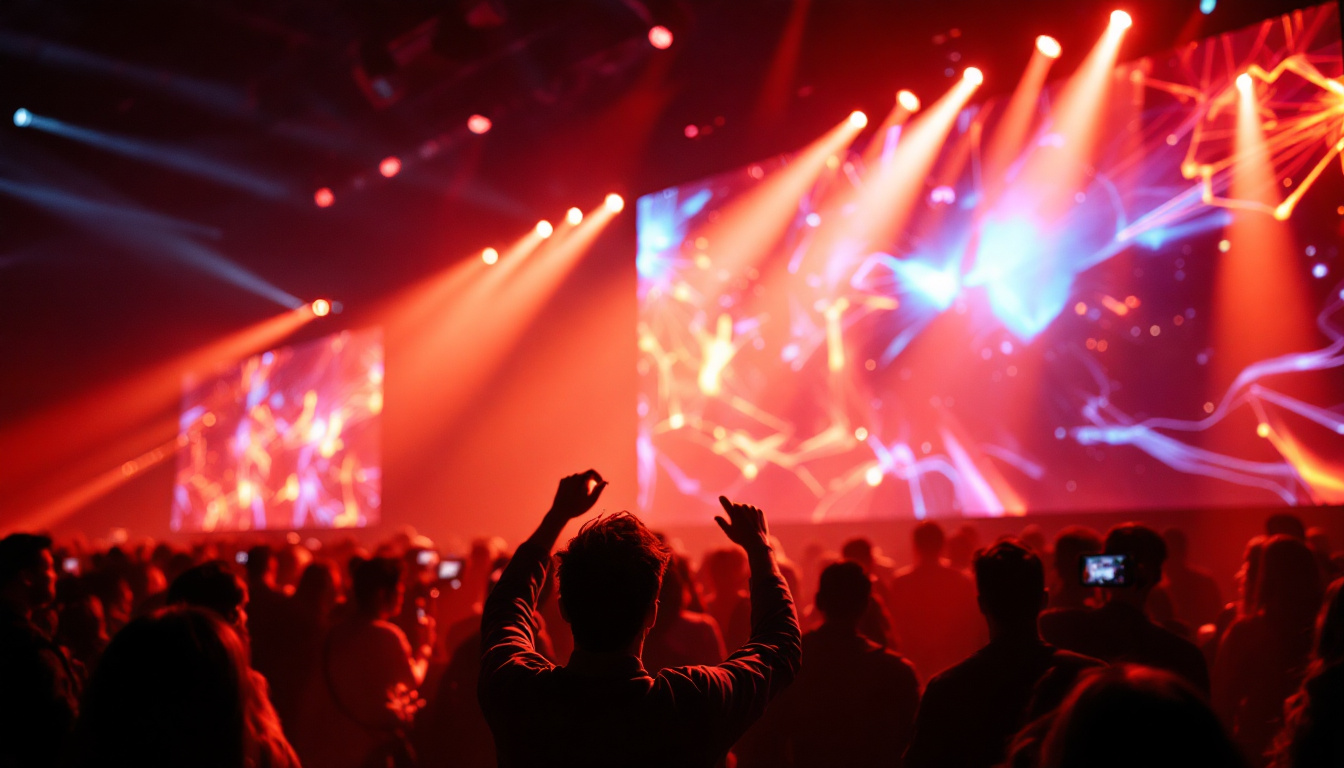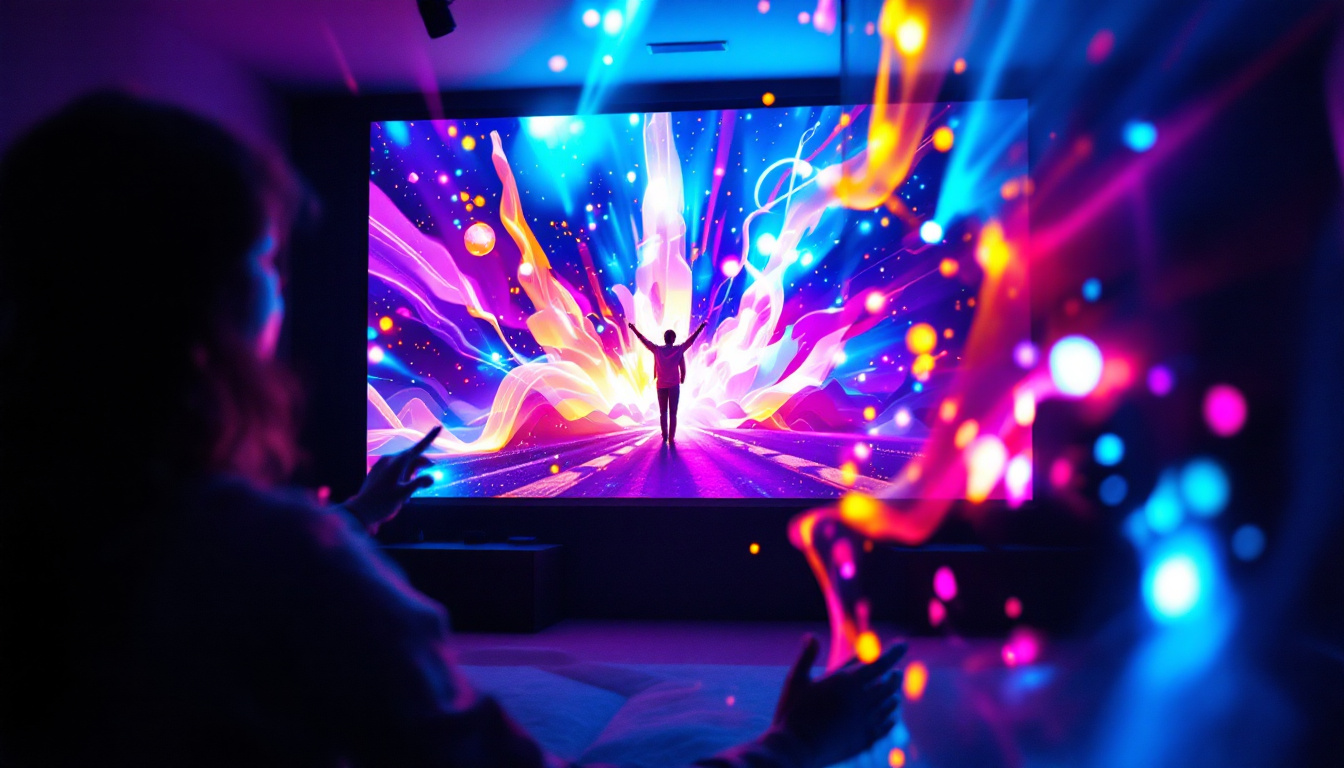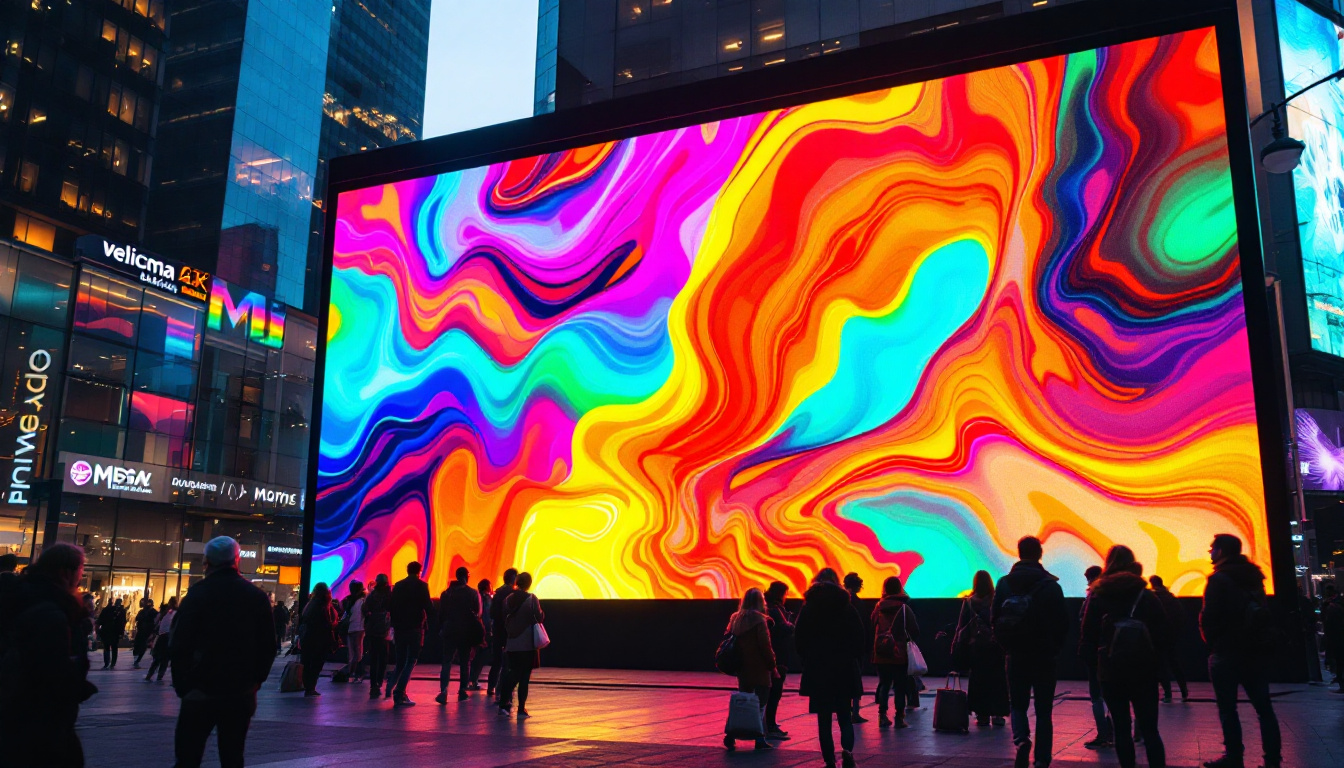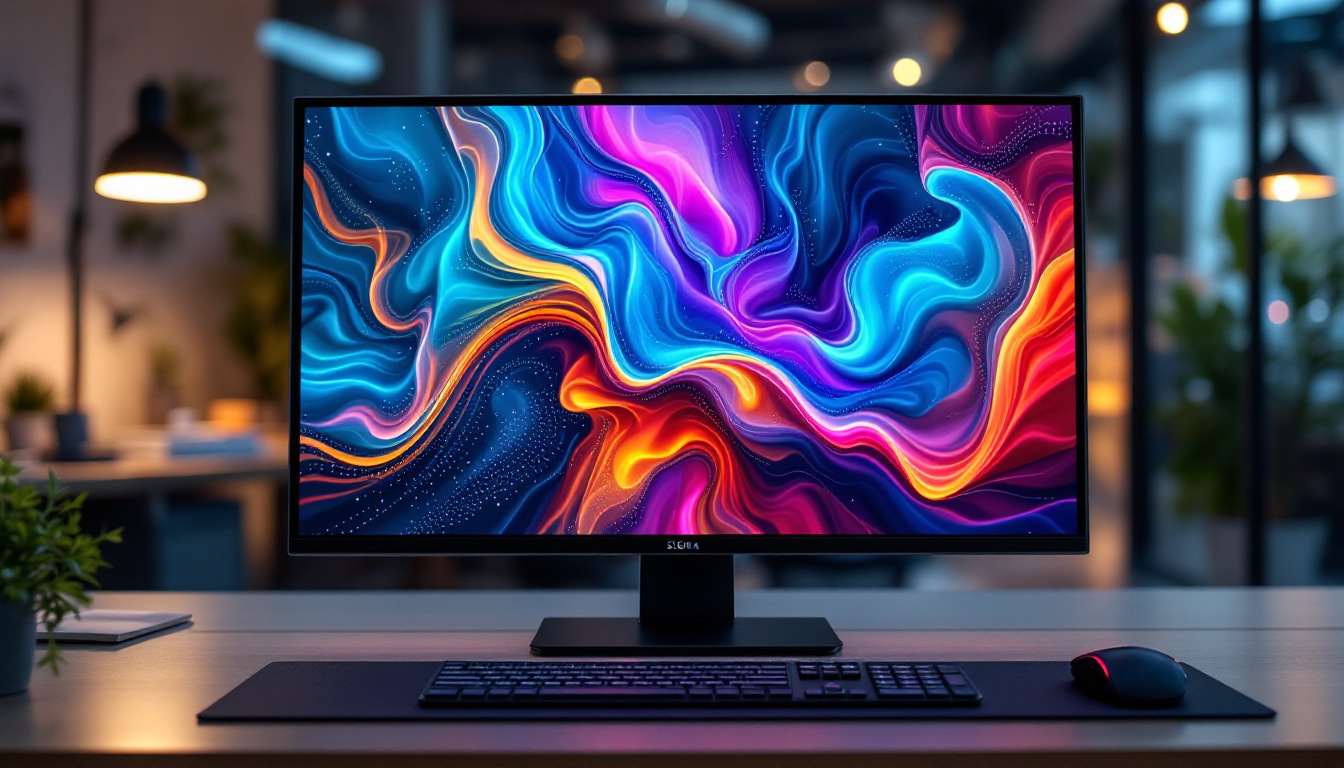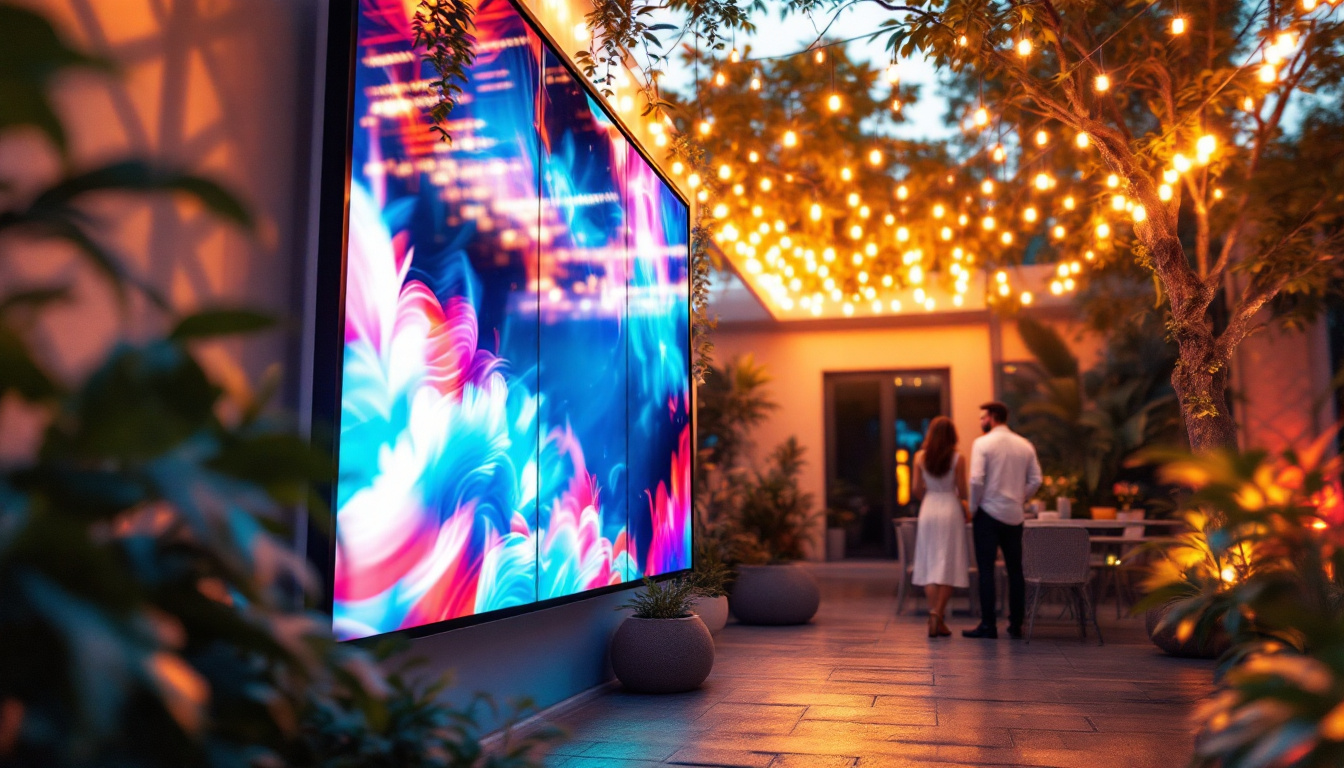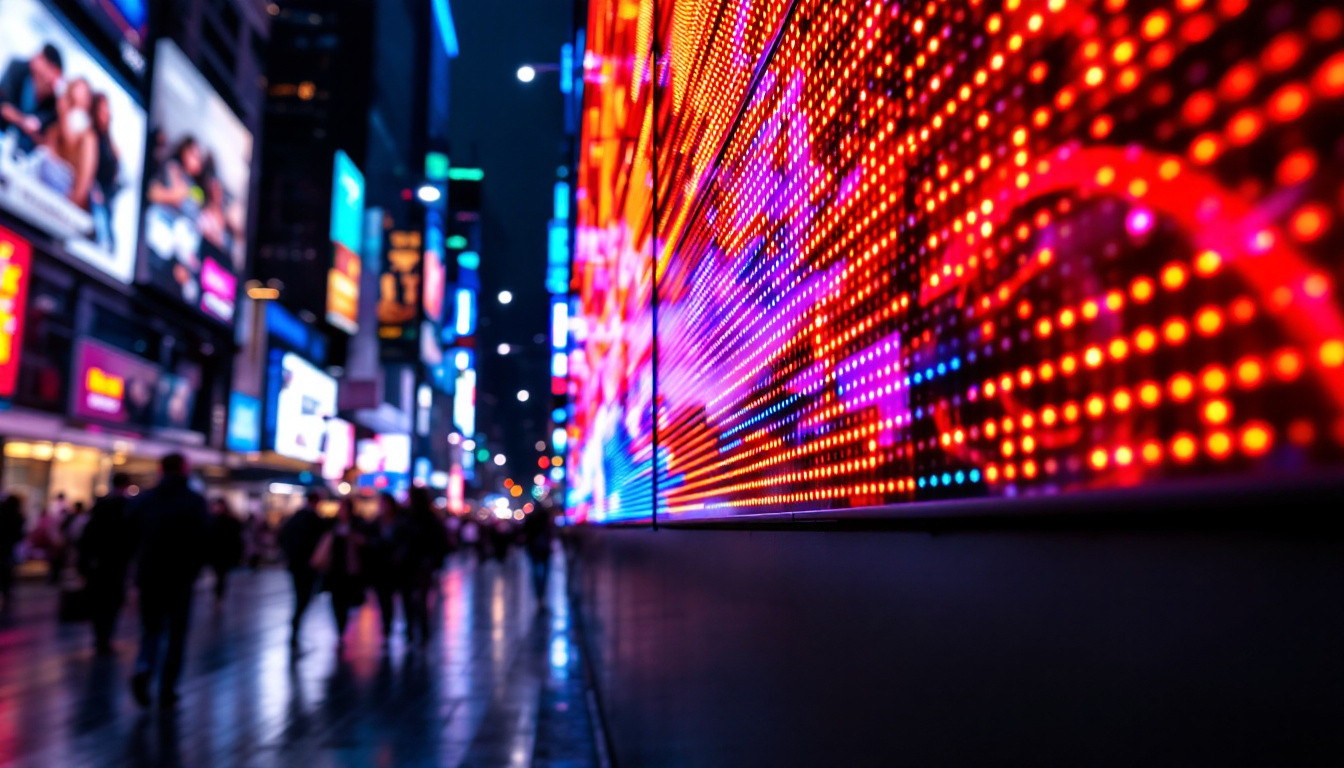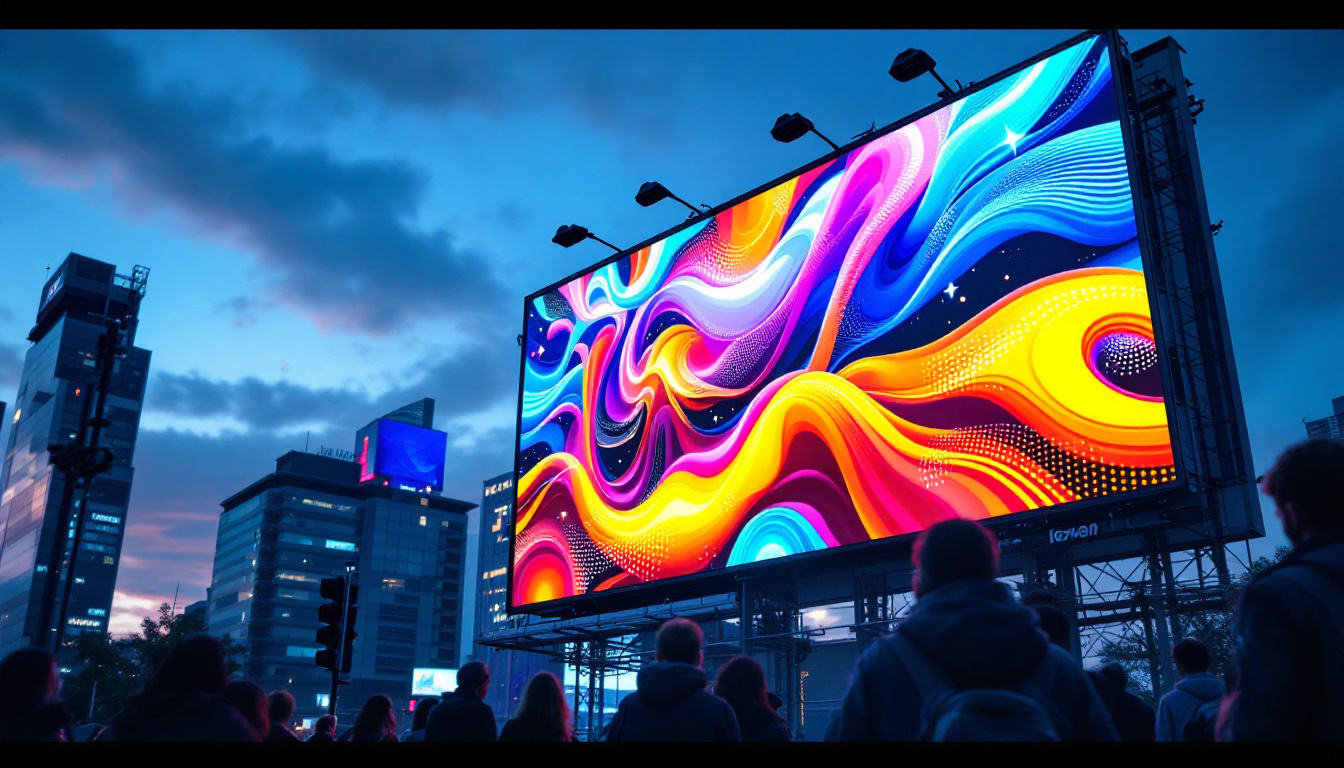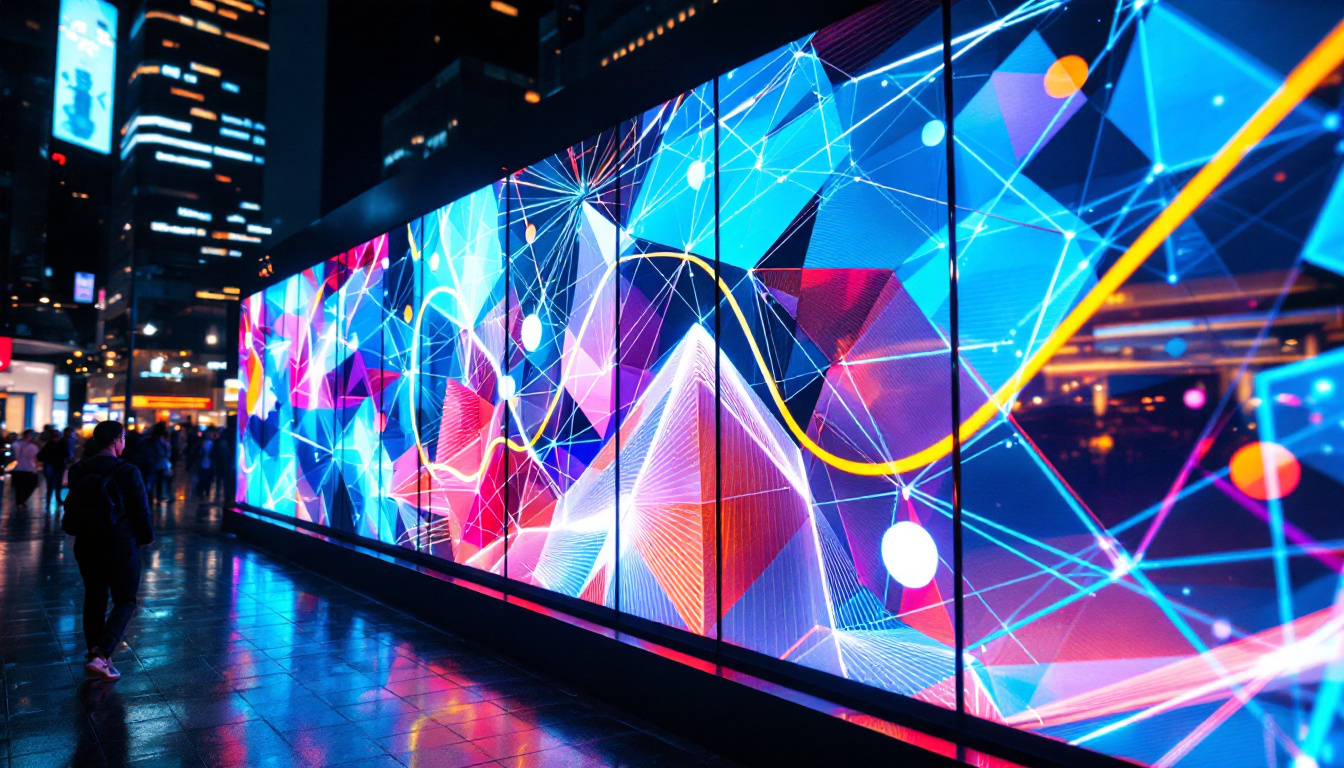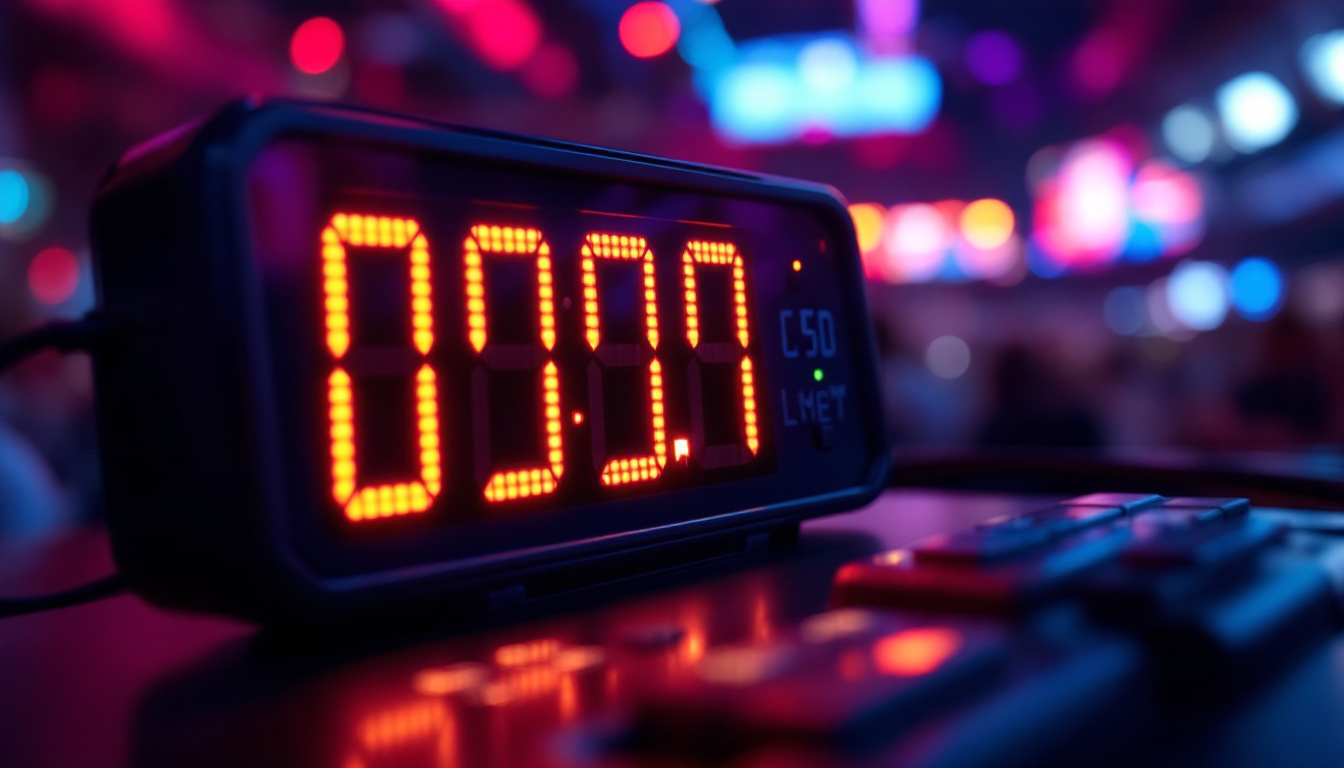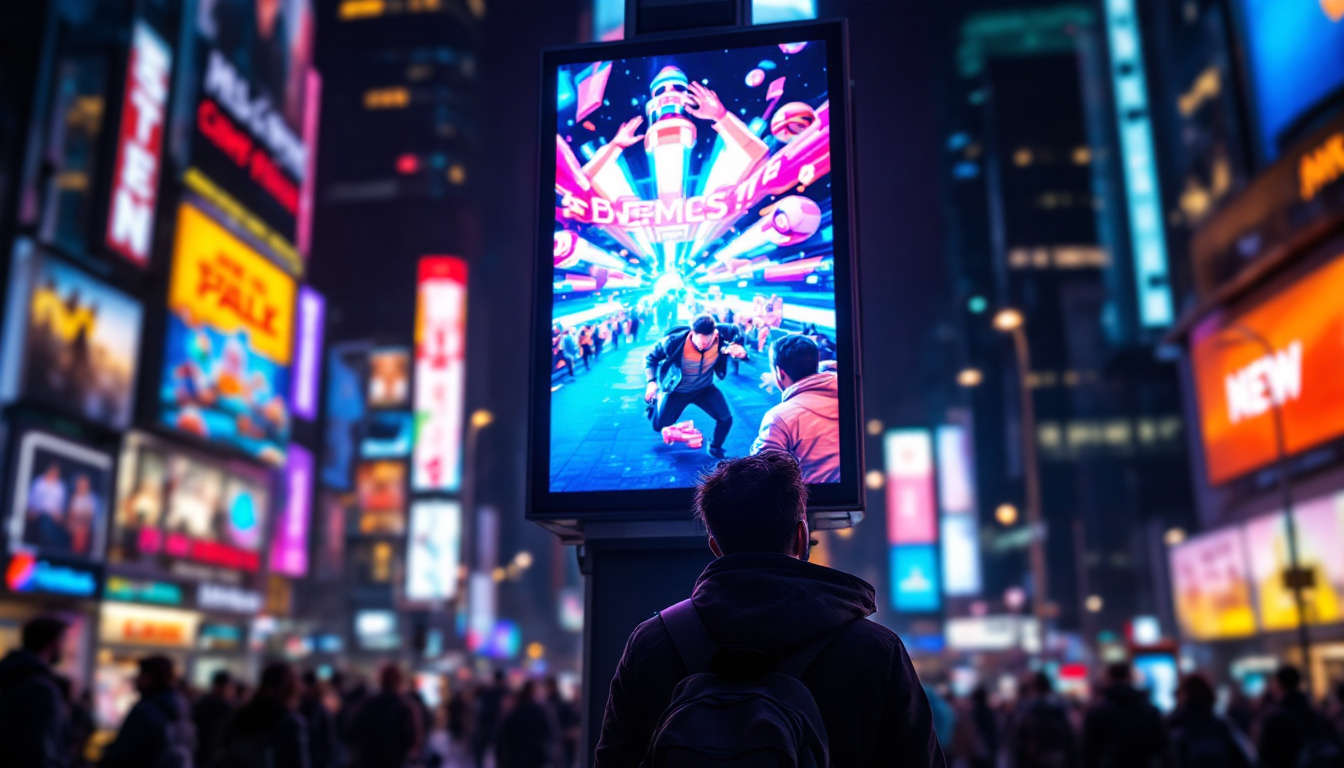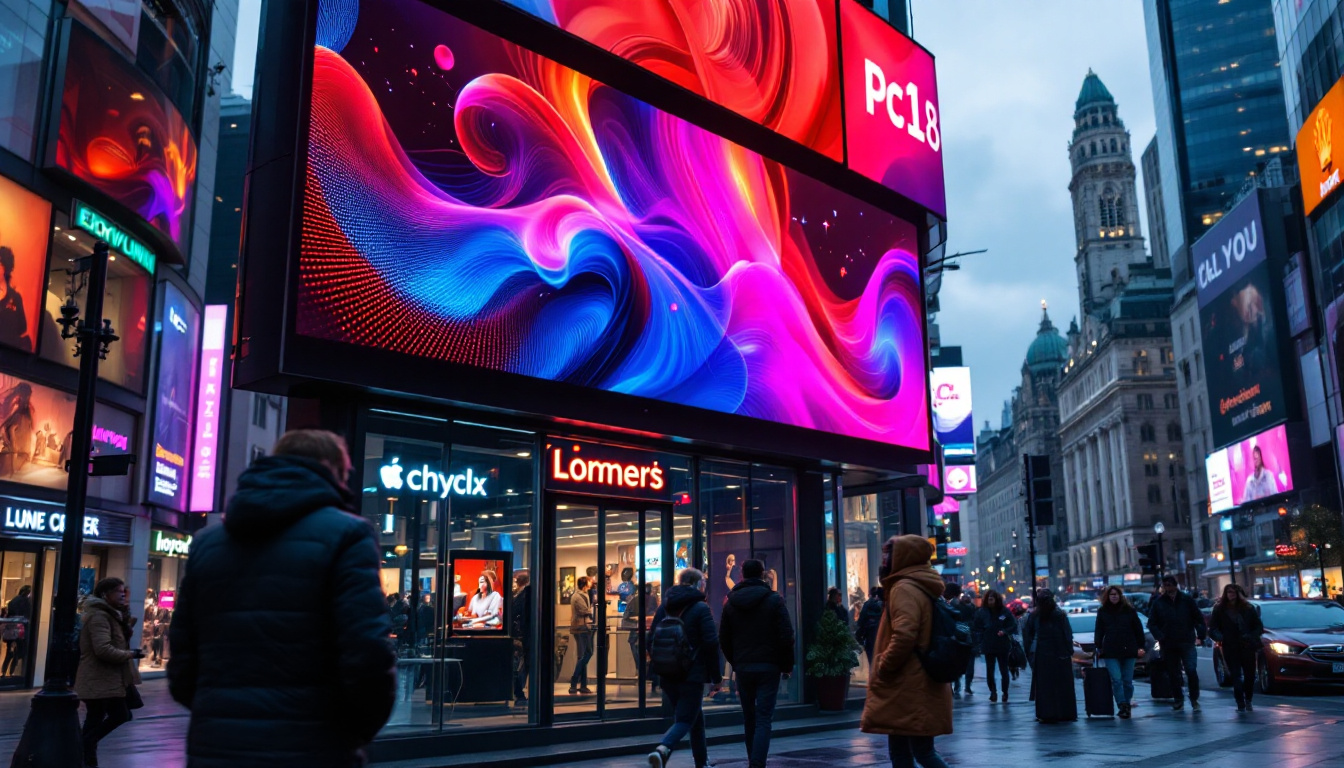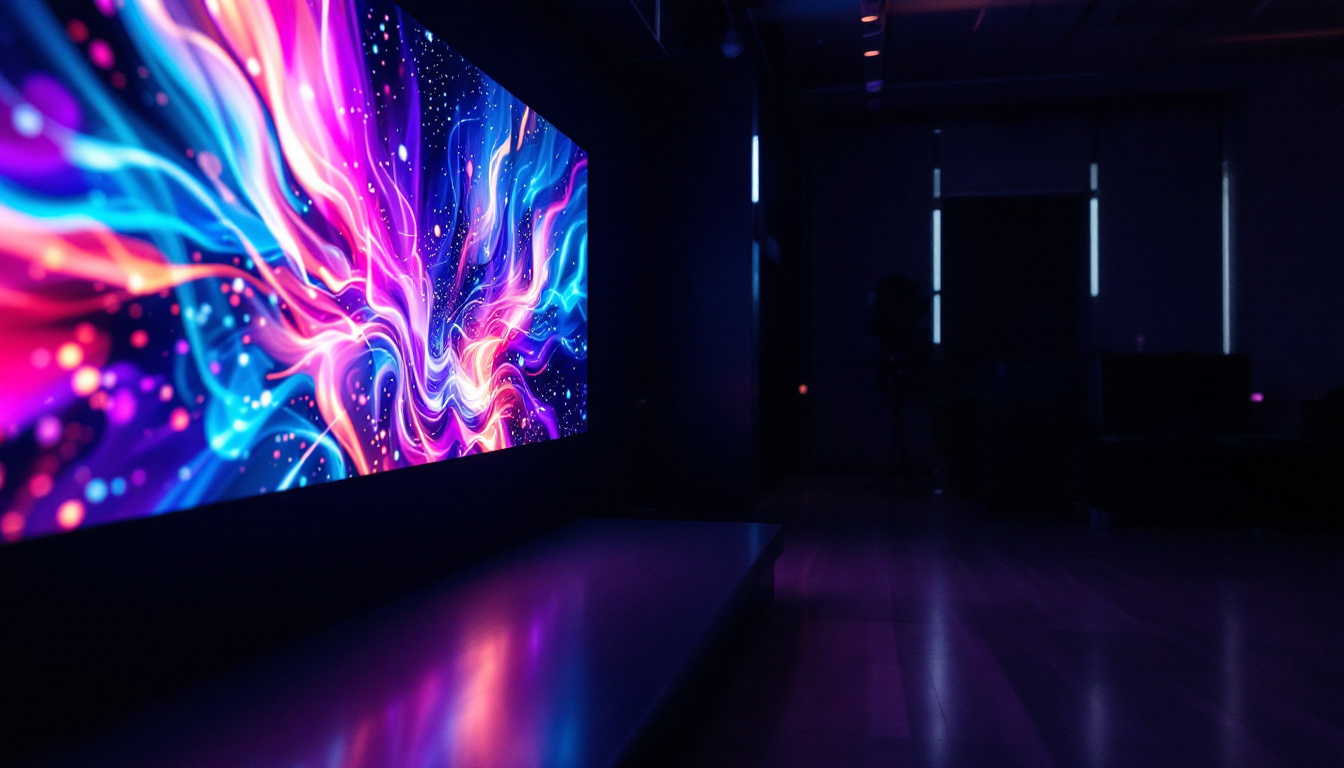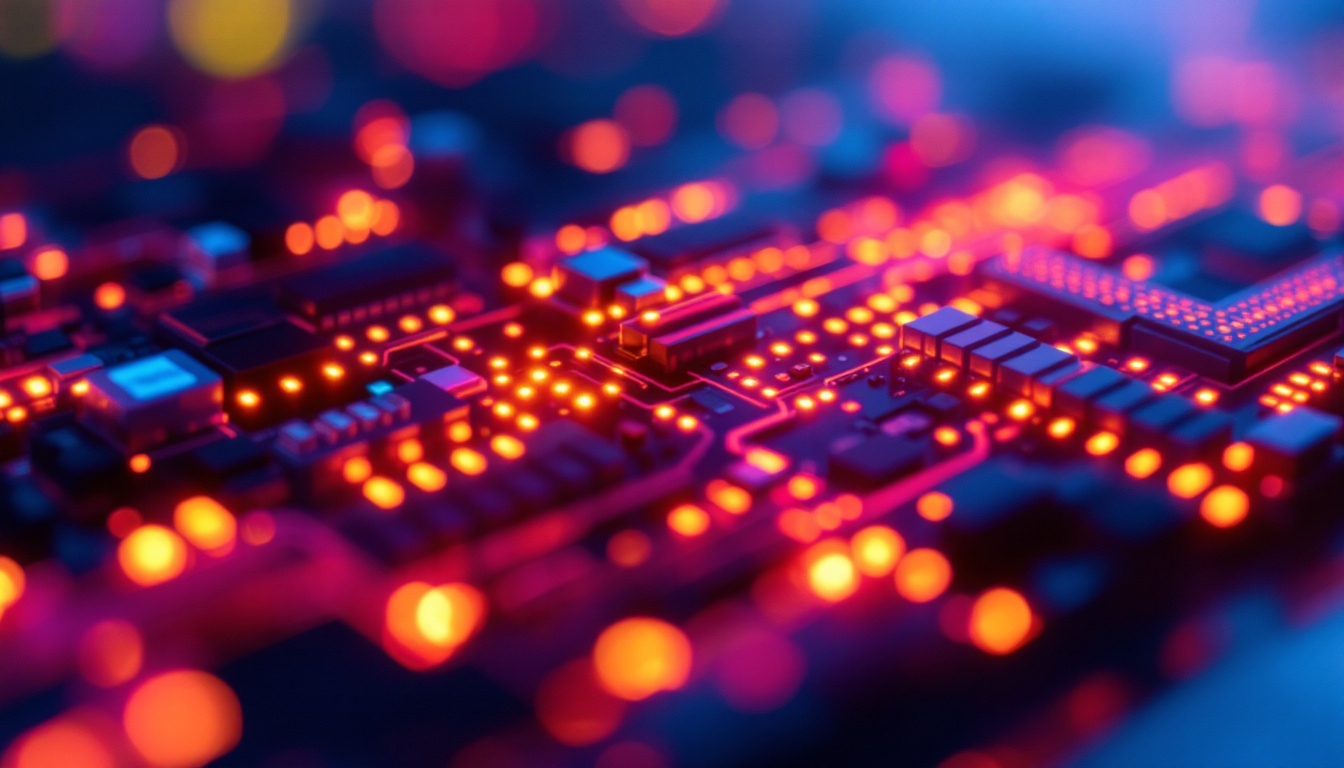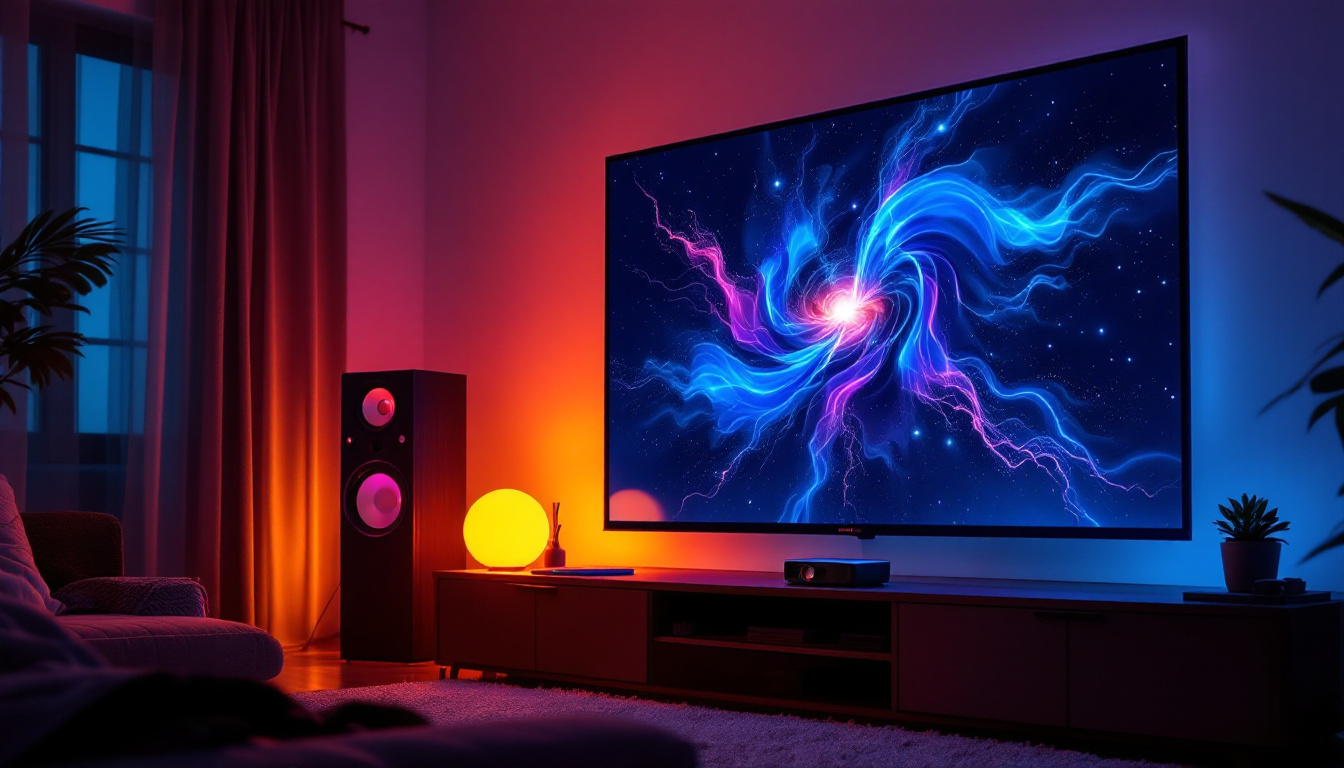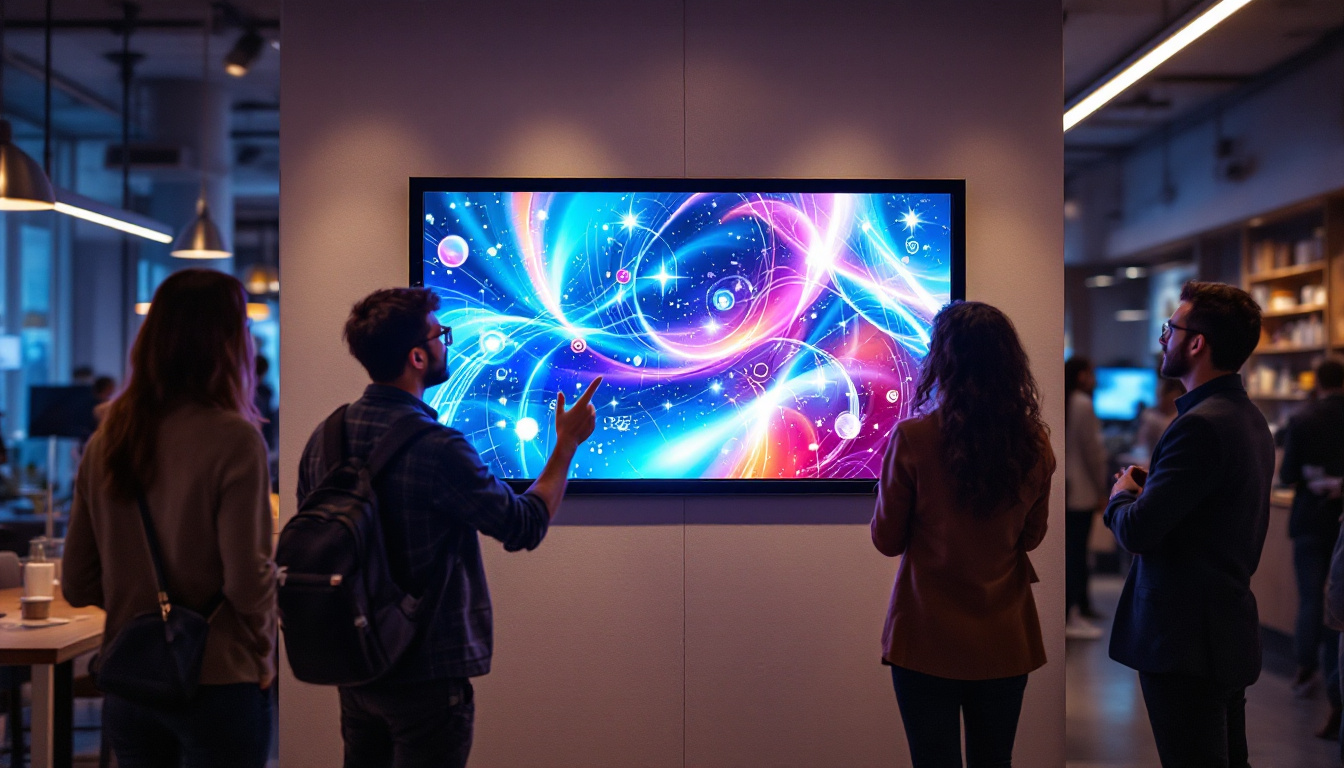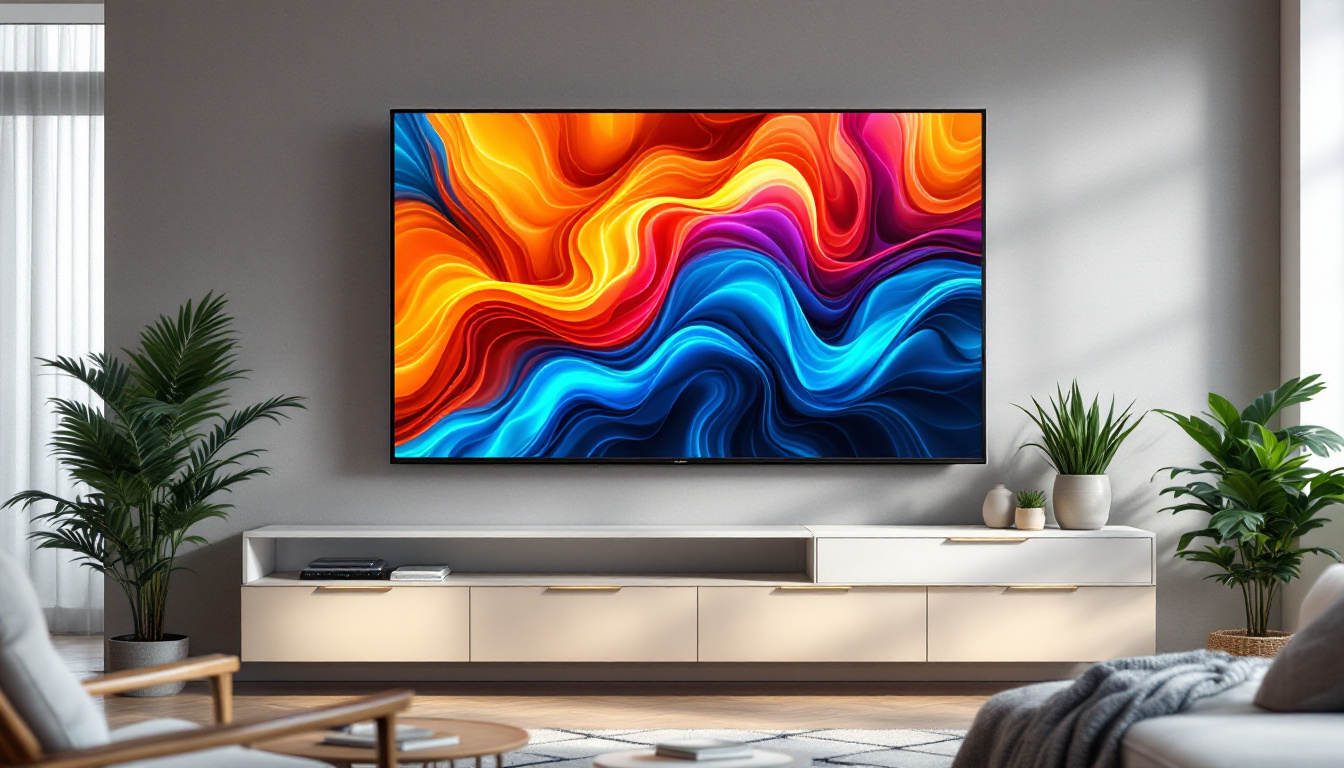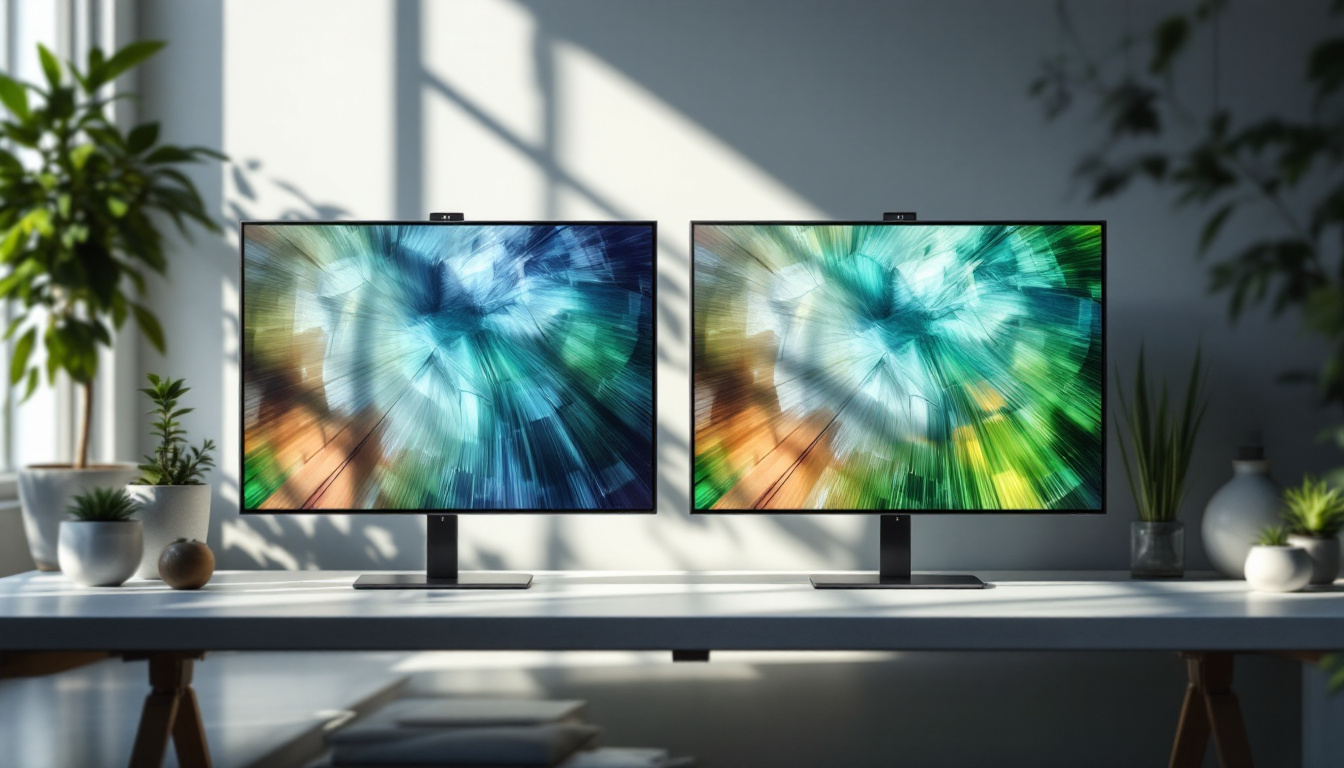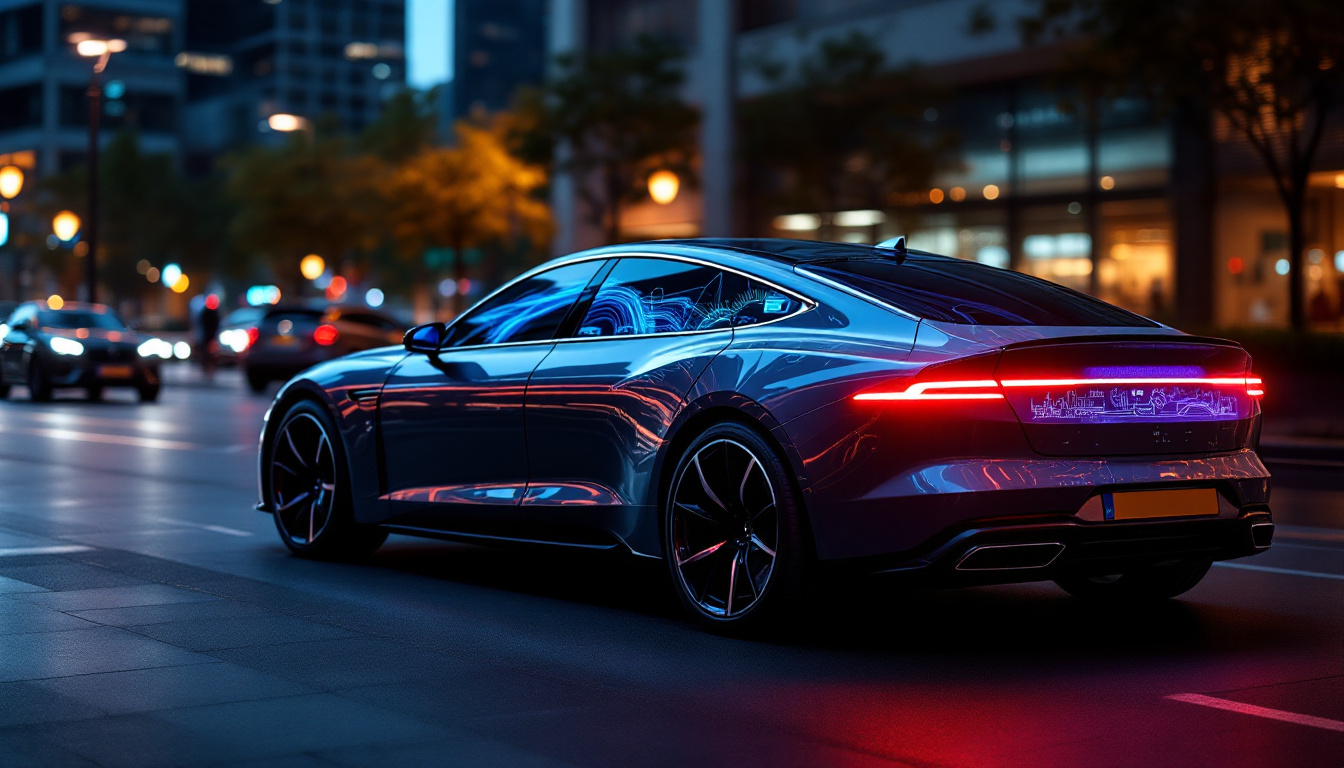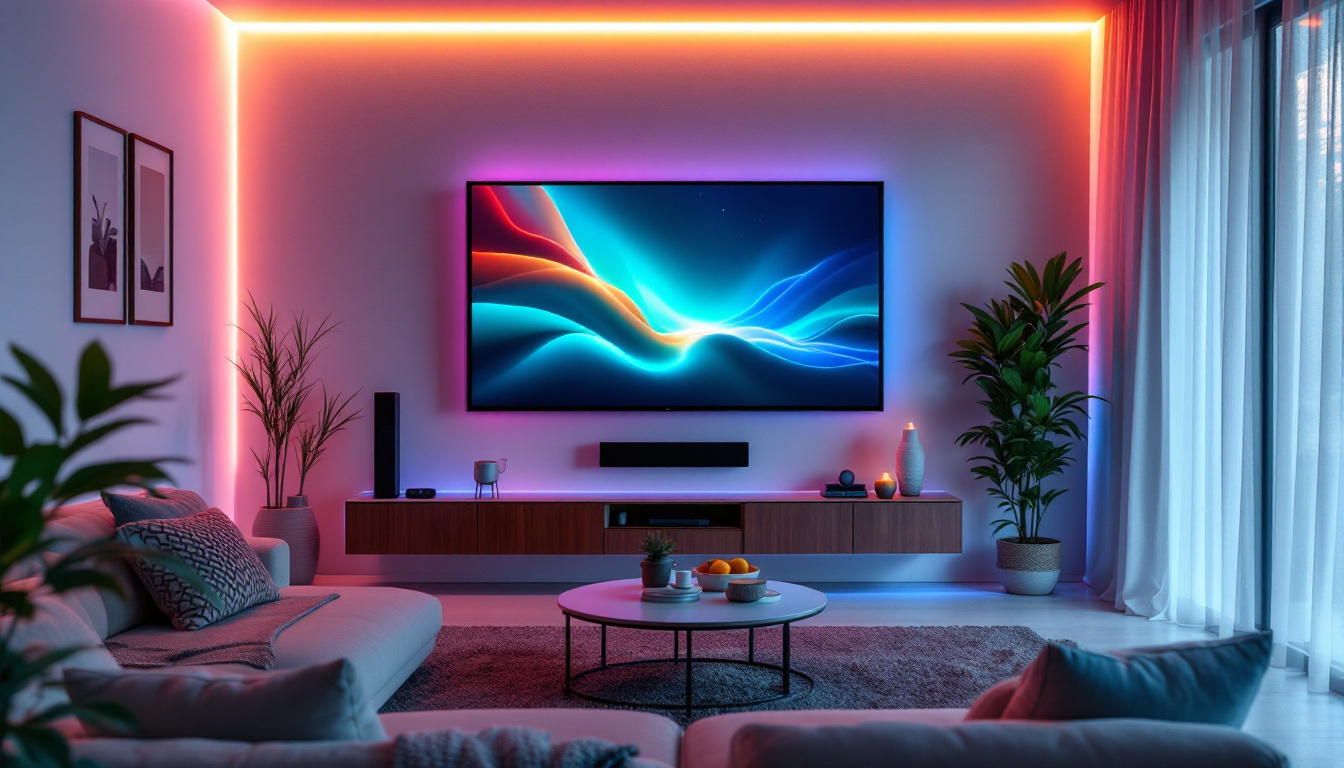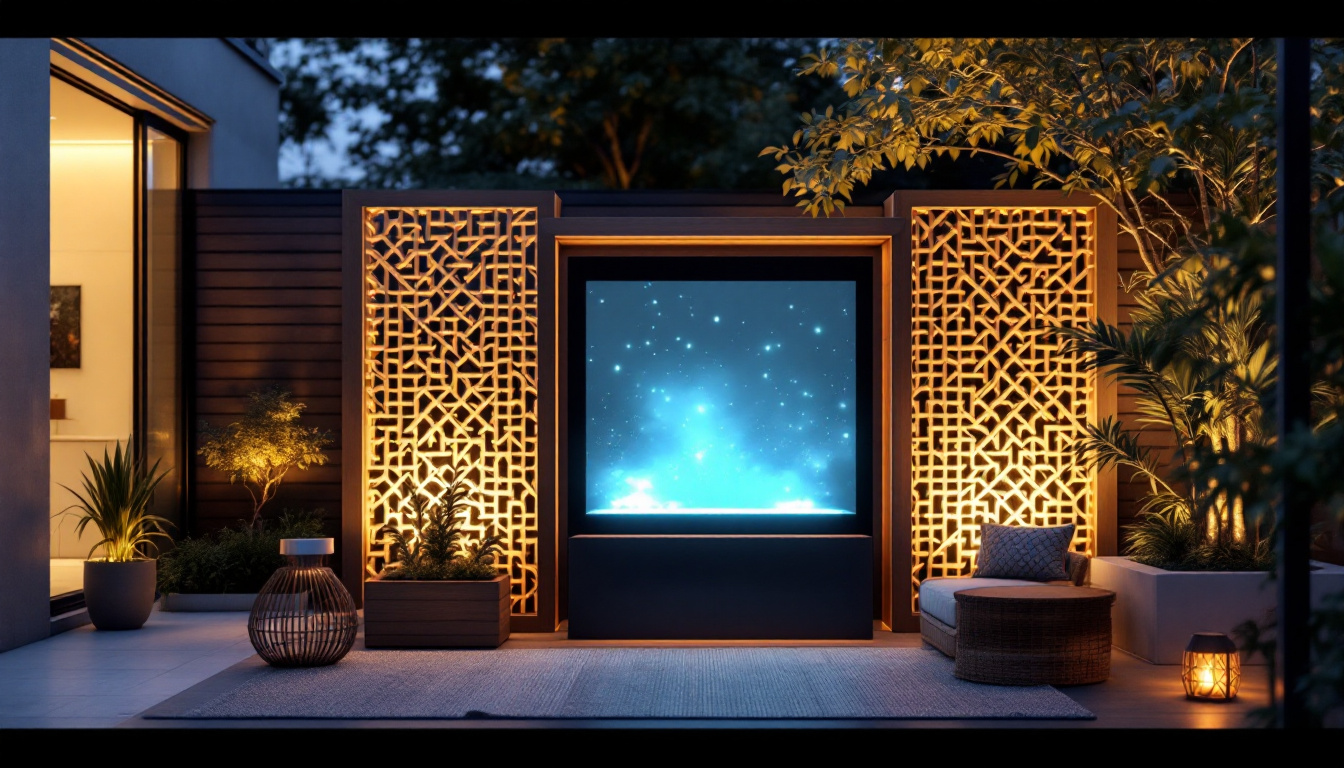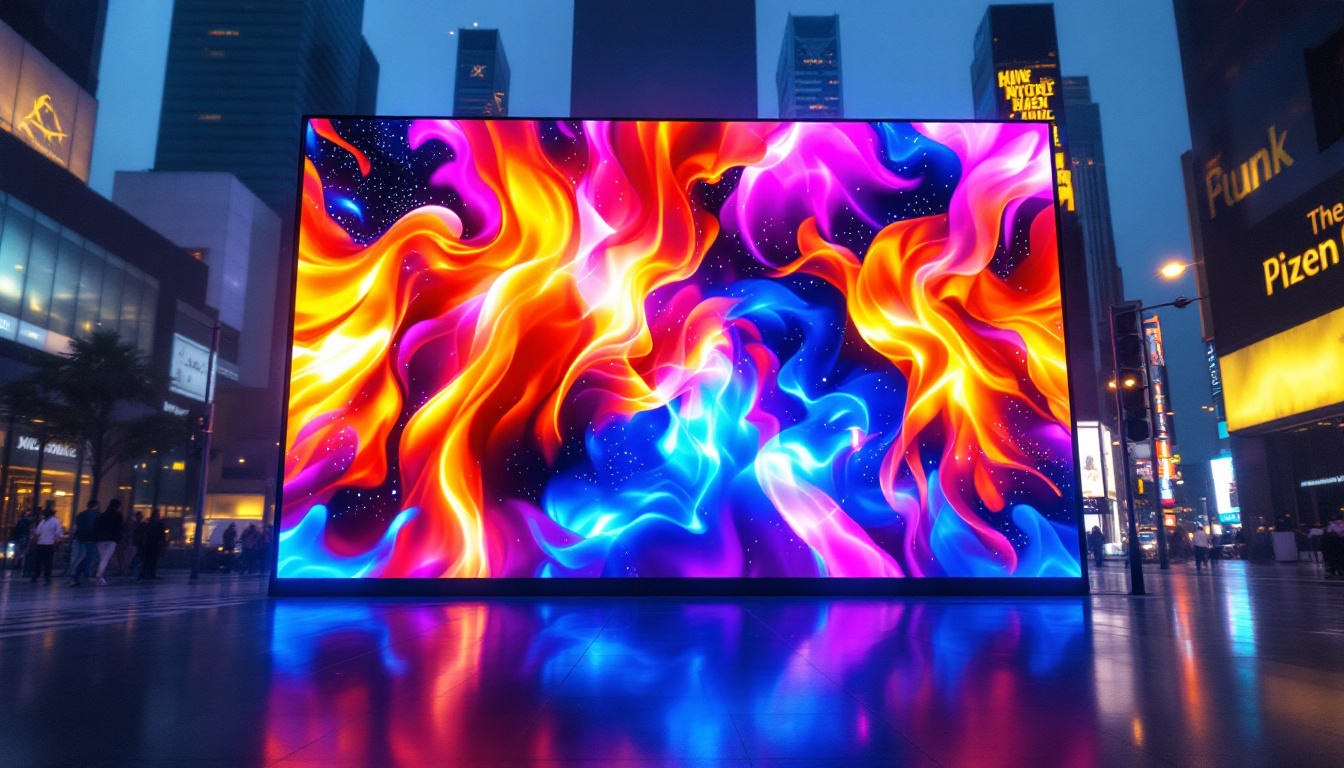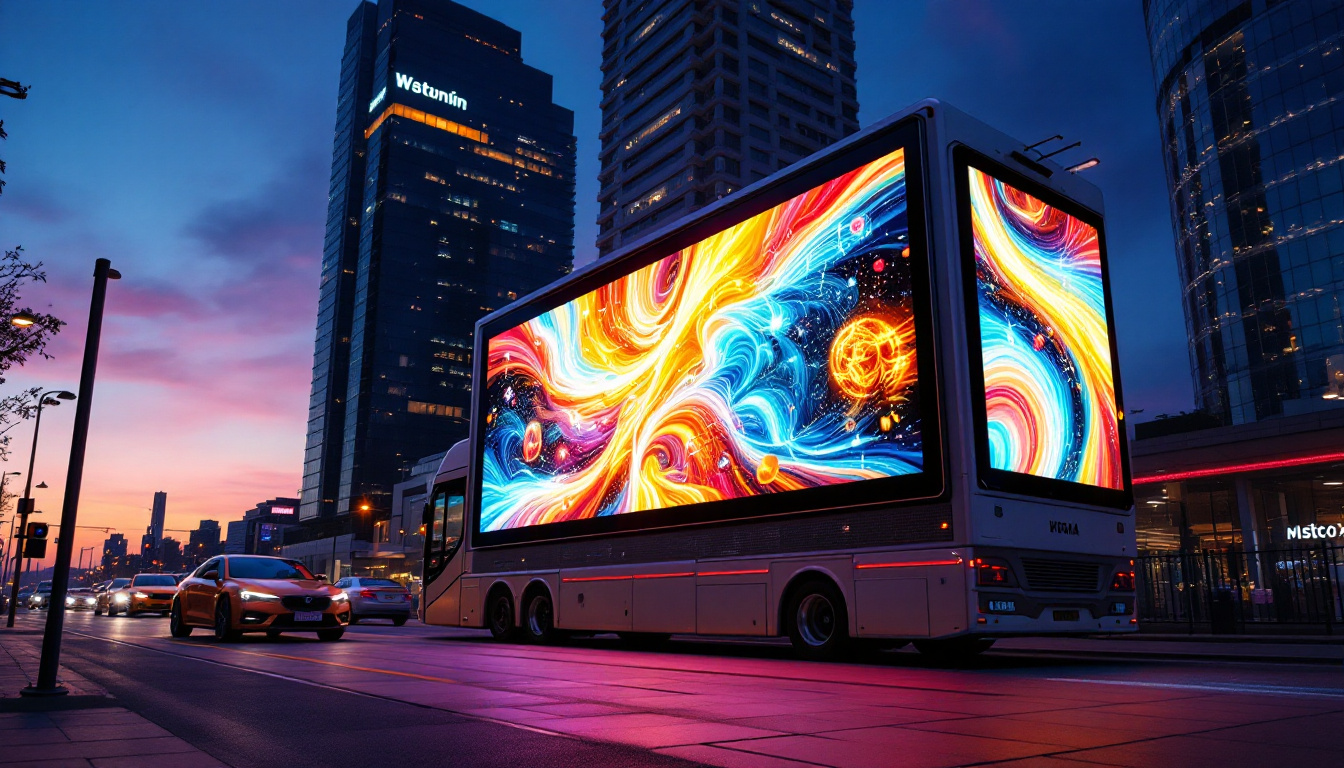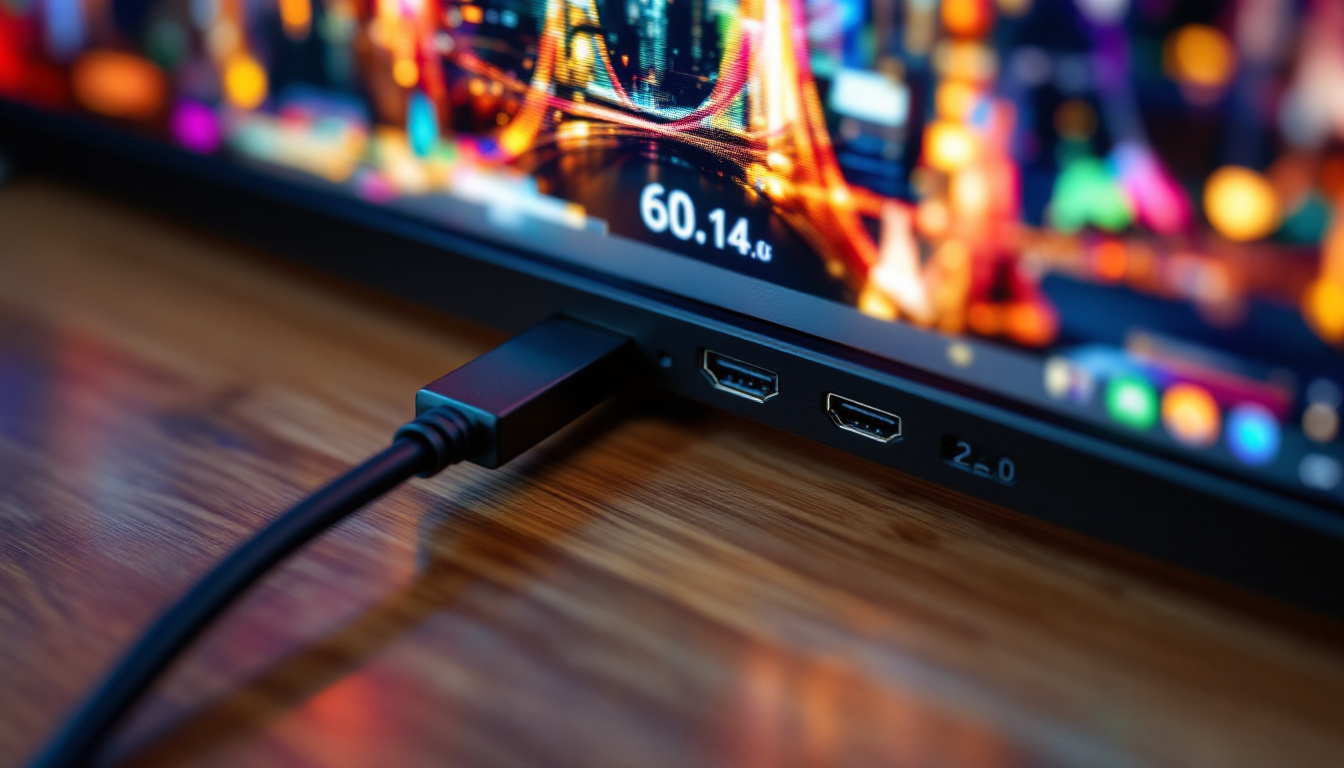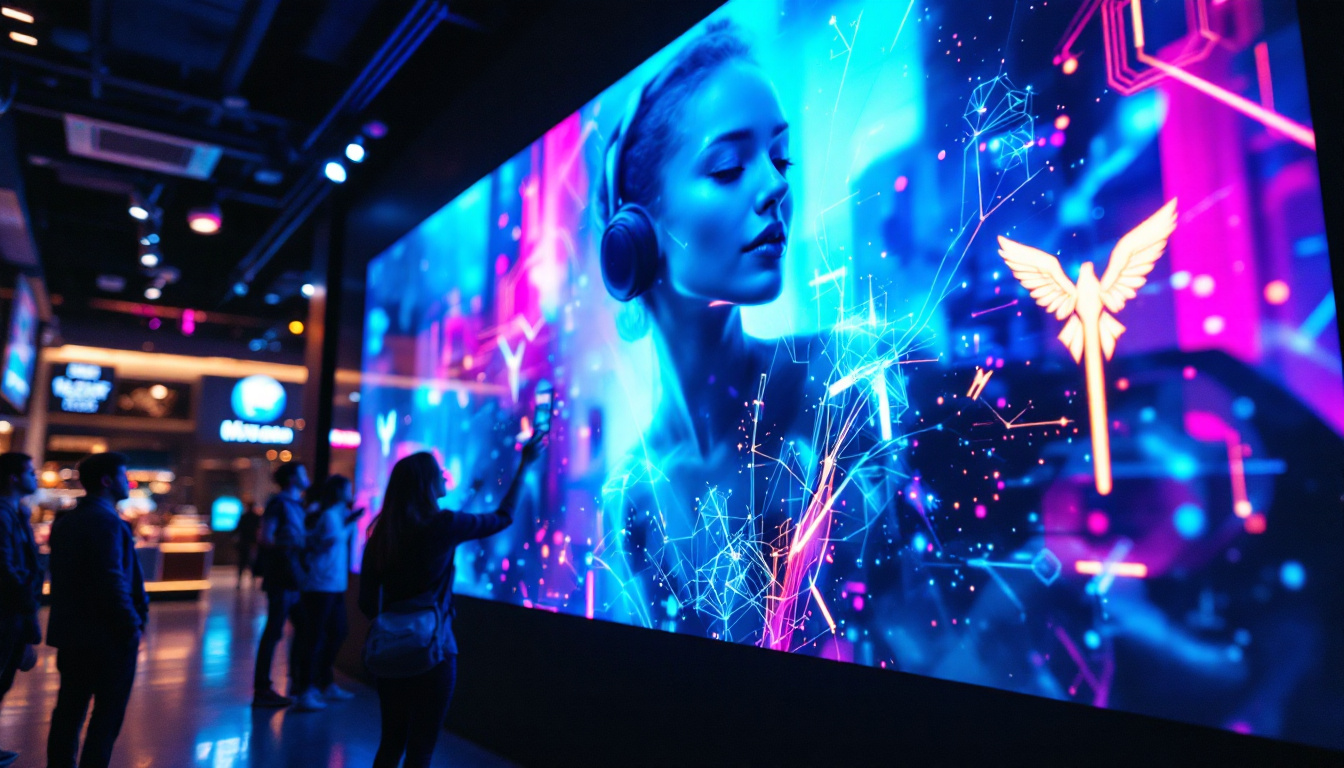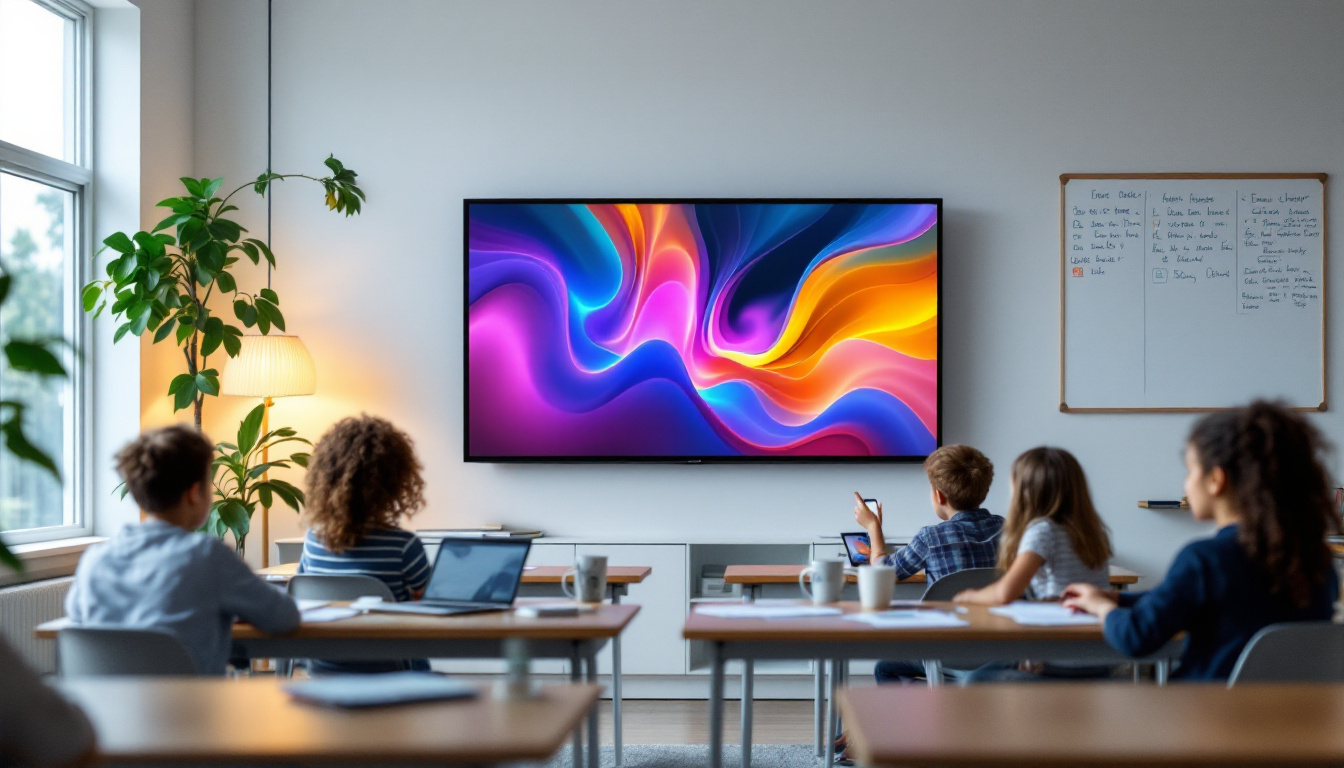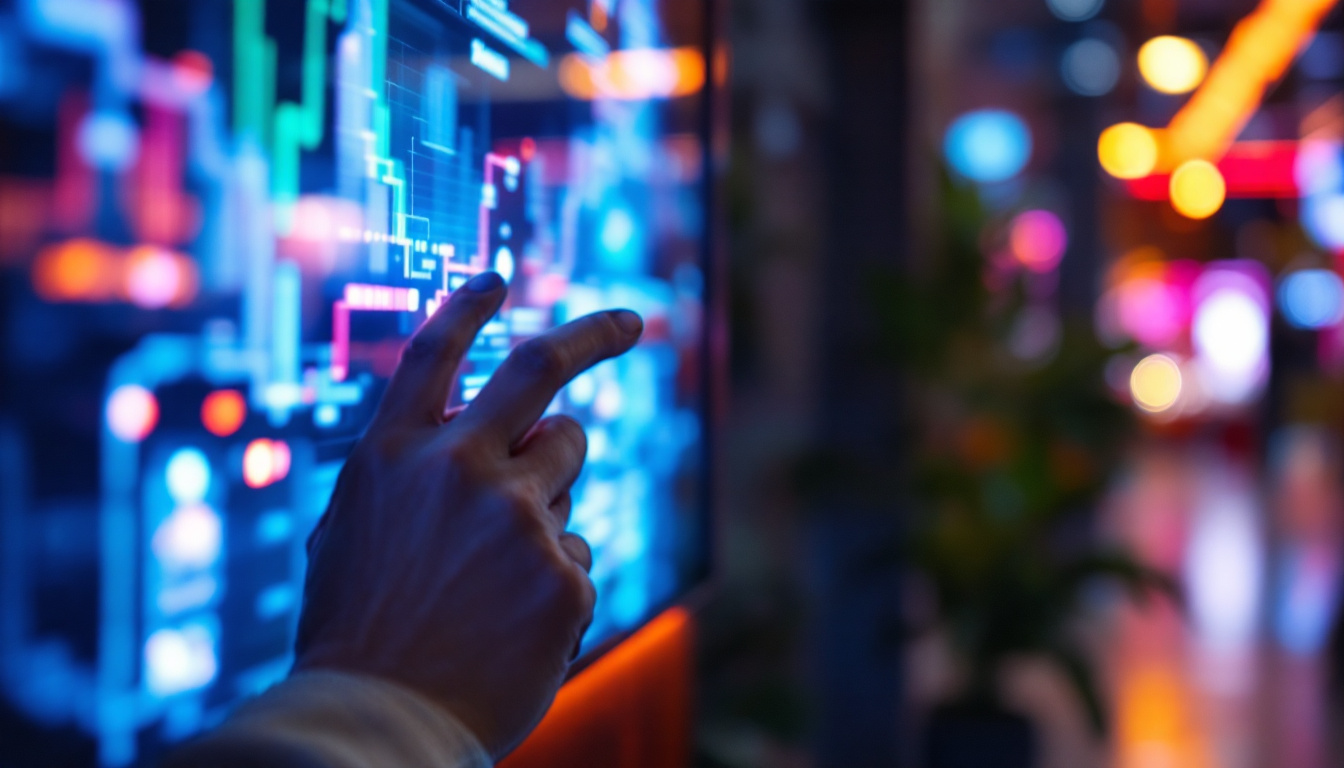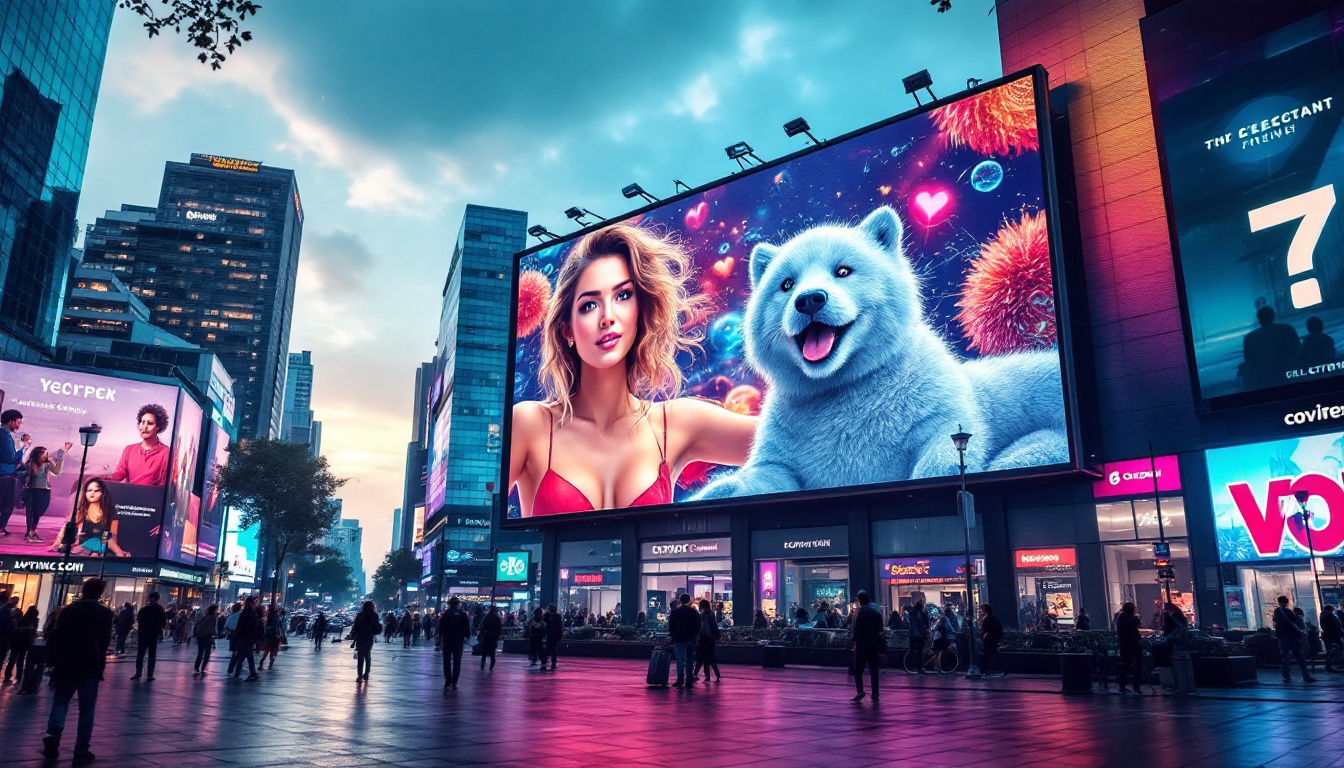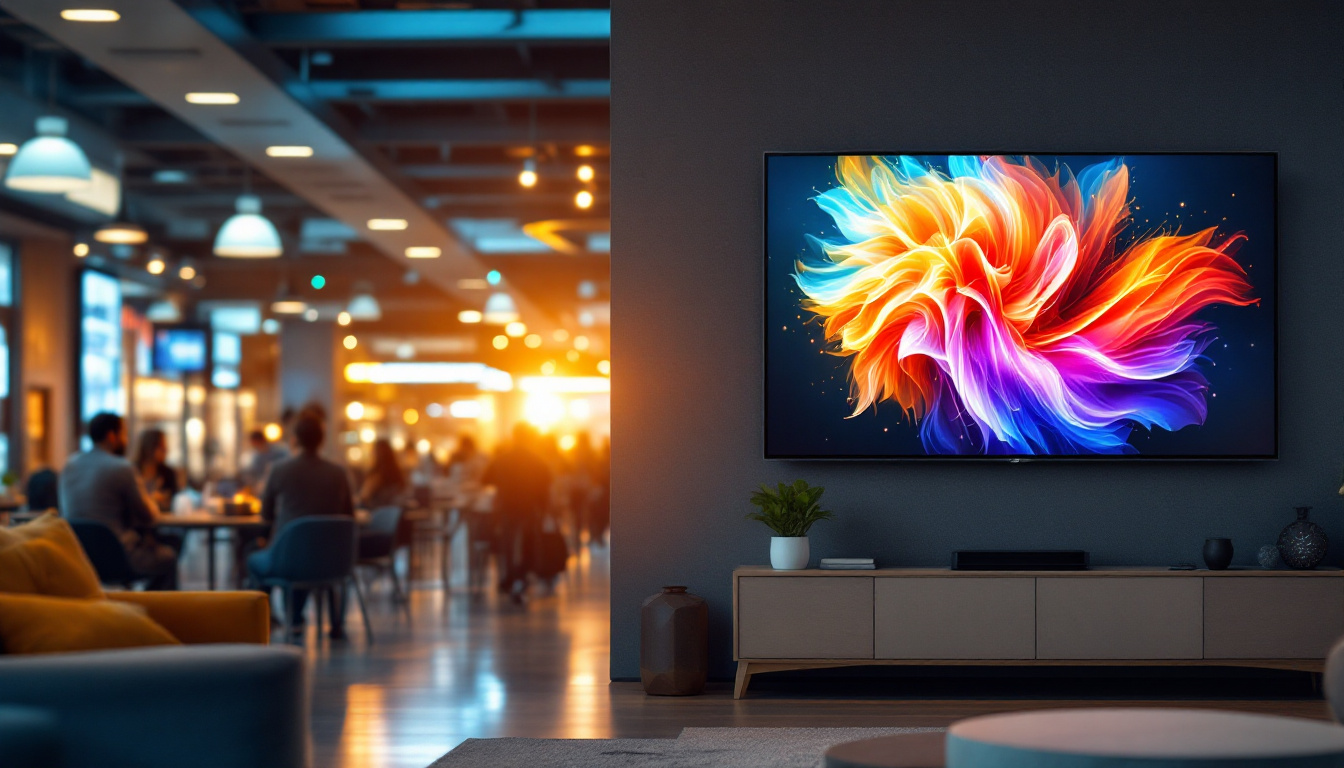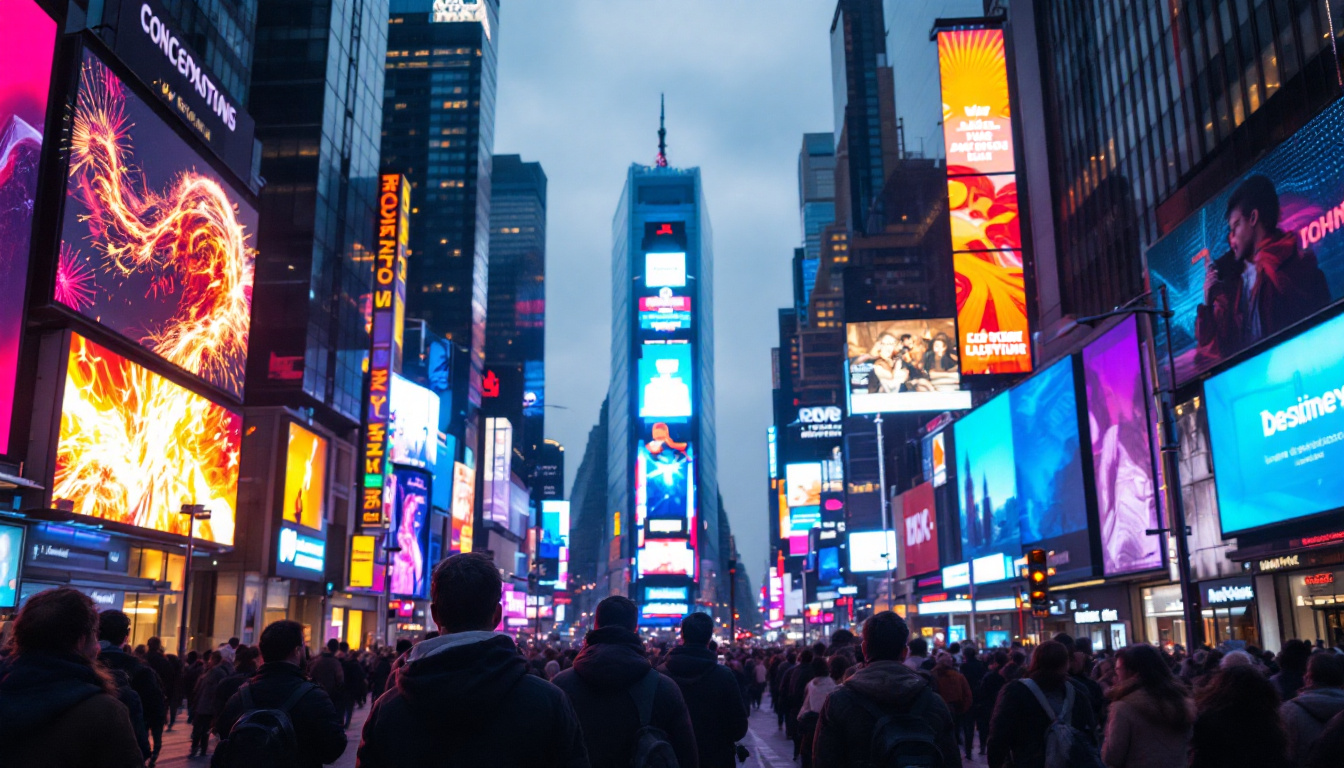In the world of digital displays, the term “2.6 mm LED display” often surfaces, particularly in discussions surrounding high-definition screens used for various applications. This article delves into the intricacies of 2.6 mm LED displays, exploring their technology, advantages, applications, and future trends.
Understanding LED Technology
LED, or Light Emitting Diode, technology has transformed the way visual content is displayed. Unlike traditional displays that rely on liquid crystal displays (LCD) or cathode ray tubes (CRT), LED displays utilize an array of tiny diodes that emit light when an electric current passes through them. This technology allows for vibrant colors, high brightness, and energy efficiency. The compact nature of LEDs also enables thinner and lighter designs, making them ideal for modern applications where space and weight are critical factors.
The Basics of LED Displays
At the core of LED display technology is the pixel structure. Each pixel is comprised of red, green, and blue diodes, which combine to produce a wide spectrum of colors. The 2.6 mm specification refers to the pixel pitch, which is the distance in millimeters between the centers of two adjacent pixels. A smaller pixel pitch indicates a higher pixel density, leading to sharper images and finer details. This is particularly beneficial for applications requiring high-resolution visuals, such as digital signage and video walls, where clarity and detail are paramount.
Types of LED Displays
LED displays come in various forms, including direct view and backlit options. Direct view LED displays are made up of individual LED modules that are assembled to create a larger screen. These are often used in outdoor settings or large venues due to their brightness and visibility. Backlit LED displays, on the other hand, utilize LEDs to illuminate an LCD panel, offering a different set of advantages, particularly in terms of color accuracy and contrast. Additionally, advancements in technology have led to the development of flexible LED displays, which can be curved or shaped to fit unique spaces, providing even more versatility in design and application.
How 2.6 mm Fits into the Landscape
The 2.6 mm pixel pitch is particularly popular for indoor applications where viewing distances are relatively short. This pixel density allows for clear imagery even when viewers are close to the screen, making it ideal for environments such as conference rooms, retail displays, and event venues. As technology evolves, the demand for higher resolution displays continues to grow, positioning the 2.6 mm LED display as a viable choice for many businesses. Furthermore, the increasing integration of smart technology with LED displays allows for interactive features, enabling businesses to engage their audience in innovative ways, such as touch capabilities and real-time content updates. This adaptability not only enhances user experience but also maximizes the impact of visual communication in various settings.
Advantages of 2.6 mm LED Displays
The adoption of 2.6 mm LED displays comes with a multitude of benefits that cater to the needs of modern consumers and businesses alike. These advantages not only enhance visual experiences but also improve operational efficiency.
High Image Quality
One of the standout features of 2.6 mm LED displays is their exceptional image quality. The high pixel density ensures that images are sharp and detailed, making them suitable for displaying intricate graphics, videos, and presentations. This clarity is crucial in environments where visual communication plays a pivotal role, such as advertising and corporate communications. Furthermore, the vibrant colors produced by these displays enhance viewer engagement, capturing attention and conveying messages more effectively. Whether in a retail setting or during a corporate event, the superior visual output can significantly impact audience perception and retention.
Energy Efficiency
Energy consumption is a significant consideration for any display technology. LED displays are known for their energy efficiency, consuming less power compared to traditional display technologies. This not only reduces operational costs but also aligns with sustainability goals, making them an attractive option for environmentally conscious organizations. The reduced energy footprint can lead to substantial savings over time, allowing businesses to allocate resources to other critical areas. Additionally, many modern LED displays come equipped with smart technology that optimizes brightness and power usage based on ambient light conditions, further enhancing their energy-saving capabilities.
Durability and Longevity
LED displays are built to last. They are resistant to shock and vibration, making them suitable for a variety of environments, including those that experience heavy foot traffic. Additionally, the lifespan of an LED display can exceed 100,000 hours, ensuring that businesses can rely on their investment for years to come without the need for frequent replacements. This durability is complemented by a robust design that often includes weatherproofing features, allowing outdoor installations to withstand the elements. As a result, businesses can enjoy uninterrupted service and maintain a consistent visual presence, whether indoors or outdoors, without the constant worry of display failures.
Versatility in Application
Another significant advantage of 2.6 mm LED displays is their versatility in application. These displays can be utilized in a wide range of settings, from large-scale events and concerts to permanent installations in retail spaces and corporate offices. Their modular design allows for seamless integration into various configurations, enabling businesses to create unique visual experiences tailored to specific needs. Moreover, advancements in technology have made it possible for these displays to support interactive features, such as touch capabilities, further enhancing user engagement and allowing for dynamic content presentation. This adaptability makes 2.6 mm LED displays a valuable asset for any organization looking to elevate their visual communication strategy.
Applications of 2.6 mm LED Displays
The versatility of 2.6 mm LED displays allows them to be utilized in a wide range of applications. From corporate settings to entertainment venues, their adaptability makes them a popular choice across various industries.
Corporate and Educational Environments
In corporate settings, 2.6 mm LED displays are often employed for presentations, video conferencing, and digital signage. Their ability to deliver high-quality visuals ensures that important information is communicated effectively. Similarly, educational institutions leverage these displays for lectures and interactive learning, enhancing student engagement through dynamic content.
Retail and Advertising
Retail environments benefit significantly from 2.6 mm LED displays, which are used to create eye-catching advertisements and promotional content. The vibrant colors and high brightness levels attract customers’ attention, driving foot traffic and increasing sales. Digital signage solutions equipped with 2.6 mm displays can be easily updated, allowing businesses to adapt their messaging in real-time.
Entertainment and Events
In the realm of entertainment, 2.6 mm LED displays are a staple at concerts, festivals, and sporting events. Their ability to deliver stunning visuals in high-energy environments enhances the overall experience for attendees. Additionally, event organizers often utilize these displays for live feeds, ensuring that everyone in the audience can enjoy the action, regardless of their location.
Installation and Maintenance Considerations
While the benefits of 2.6 mm LED displays are clear, proper installation and maintenance are crucial for ensuring optimal performance. Understanding these aspects can help organizations maximize their investment in this technology.
Installation Process
The installation of a 2.6 mm LED display requires careful planning and execution. Factors such as location, mounting options, and power supply must be considered. It is essential to work with experienced professionals who understand the intricacies of LED technology to ensure a seamless installation process. Proper alignment and calibration are also vital to achieve the best visual results.
Regular Maintenance
To keep a 2.6 mm LED display functioning at its best, regular maintenance is necessary. This includes cleaning the display surface, checking for pixel failures, and ensuring that the power supply and connections are secure. Many manufacturers offer maintenance packages that can help organizations manage these tasks efficiently, prolonging the lifespan of the display and maintaining image quality.
The Future of 2.6 mm LED Displays
The future of 2.6 mm LED displays is promising, with advancements in technology paving the way for even more innovative applications. As the demand for high-quality visual content continues to rise, several trends are emerging that may shape the landscape of LED displays.
Improved Resolution and Technology
As technology evolves, the resolution of LED displays is expected to improve. Manufacturers are continually working on developing smaller pixel pitches, which will further enhance image quality. This trend will allow for even more detailed visuals, making 2.6 mm displays even more appealing for high-end applications.
Integration with Smart Technology
The integration of LED displays with smart technology is another trend to watch. With the rise of the Internet of Things (IoT), LED displays can be connected to various devices and systems, allowing for real-time updates and interactive content. This capability will enable businesses to create more engaging experiences for their audiences.
Sustainability Initiatives
As organizations increasingly focus on sustainability, the demand for eco-friendly display solutions is likely to grow. LED technology is inherently more energy-efficient than traditional displays, but further advancements in materials and manufacturing processes could enhance their sustainability profile. This shift will not only benefit the environment but also resonate with consumers who prioritize eco-conscious brands.
Conclusion
The 2.6 mm LED display represents a significant advancement in display technology, offering a combination of high image quality, energy efficiency, and versatility. As industries continue to embrace digital communication, the demand for such displays will only increase. By understanding the advantages, applications, and future trends associated with 2.6 mm LED displays, organizations can make informed decisions that enhance their visual communication strategies.
In a rapidly evolving digital landscape, investing in high-quality display technology is essential for staying competitive. The 2.6 mm LED display stands out as a reliable choice, capable of meeting the diverse needs of businesses across various sectors. As technology progresses, these displays will undoubtedly play a pivotal role in shaping the future of visual communication.
Discover LumenMatrix’s Advanced LED Solutions
Ready to elevate your visual communication with the cutting-edge technology of 2.6 mm LED displays? LumenMatrix is at the forefront of LED innovation, offering a diverse range of solutions tailored to your unique needs. From captivating Indoor and Outdoor LED Wall Displays to dynamic Vehicle and Sports LED Displays, our products are designed to make your brand stand out. Experience the future of digital signage with our All-in-One LED Displays, LED Transparent Displays, and more. Check out LumenMatrix LED Display Solutions today and transform your visual storytelling with unparalleled clarity and impact.


